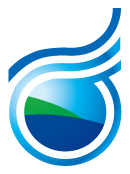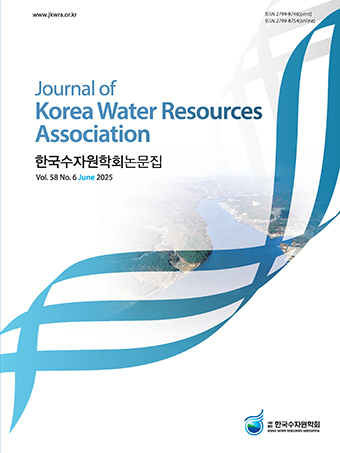Research Article
Abstract
References
Information
Jeong, D.H., Lee, W.S., Chung, H.M., Park, J.H., Choi, I.C., Park, S.M., Cho, Y.S., Ju, B.G., Kim, E.S., Kim, C.S., Park, J.W., Yang, M.H., Son, B.Y., and Lee, Y.N. (2017). A study on the optimization for TOC water quality management of public sewage treatment works (Ⅱ). Korea National Institute of Environmental Research, pp. 1-60.
Kang, T.W., Lee, H.J., Song, S.H., Park, S.J., Kim, S.D., Park, J.W., Yoo, S.W., Kim, Y.S., Jung, J.W., Lee, K.H., Im, S.S., Lee, Y.H., Hwang, T.H., Kim, D.Y., Cho, S.H., Na, J.E., Seo, K.A., Hwang, E.J., Lim, H.J., Choi, J.H., Cho, K.H., Pyo, J.C., Park, J.H., and Jeong, S.U. (2014). A study on the change of environmental conditions in Yeongsan River basin (Ⅱ). Korea National Institute of Environmental Research, pp. 1-30.
- Publisher :KOREA WATER RESOURECES ASSOCIATION
- Publisher(Ko) :한국수자원학회
- Journal Title :Journal of Korea Water Resources Association
- Journal Title(Ko) :한국수자원학회 논문집
- Volume : 53
- No :5
- Pages :369-381
- Received Date : 2020-03-16
- Revised Date : 2020-03-30
- Accepted Date : 2020-03-30
- DOI :https://doi.org/10.3741/JKWRA.2020.53.5.369




 Journal of Korea Water Resources Association
Journal of Korea Water Resources Association










